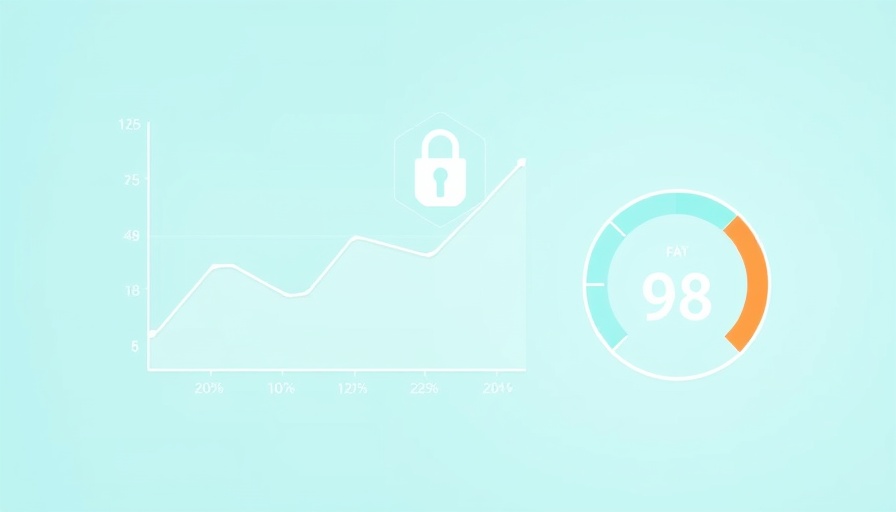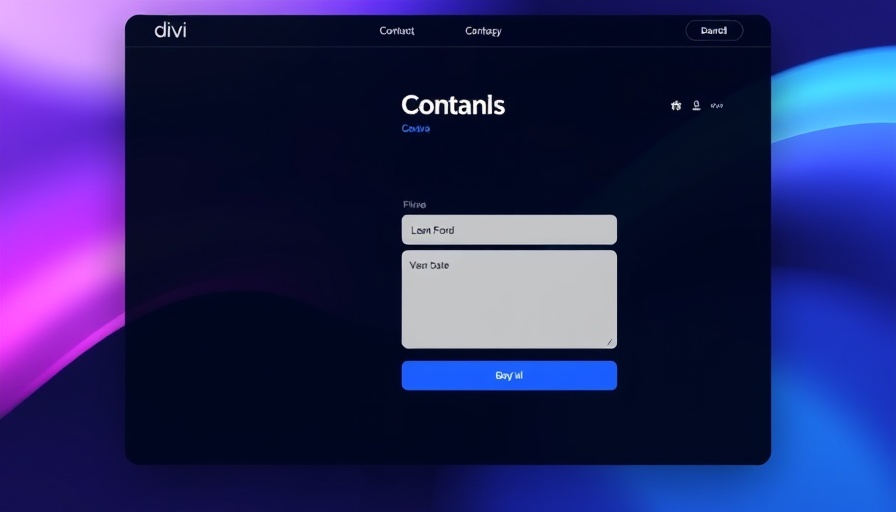
Understanding Content Delivery Networks: Your Website's Secret Weapon
In today’s digital age, the speed of your website can make or break user engagement and sales. Imagine users clicking on your beautifully designed site only to wait interminably for it to load. Frustrating, right? This is where a Content Delivery Network (CDN) becomes invaluable, enhancing not just load times but user experience as a whole.
What is a CDN and Why Do You Need It?
A CDN is like a relay team that ensures content is passed efficiently from the server to the user. Think about this scenario: if your website is hosted on a server in New York City and a user in Tokyo wants to access it, their request has to travel thousands of miles, which introduces latency. A CDN mitigates this by hosting multiple servers around the world known as edge servers or Points of Presence (PoPs). When a user requests content, the nearest edge server delivers it. This not only speeds up the load times but also optimizes the web experience for users globally.
The Mechanics of Caching
The real magic of a CDN lies in its caching abilities. Caching involves storing copies of your website's static resources—like images, text files, and stylesheets—on these edge servers. Let's say a user in Tokyo visits your site; instead of pulling data from the upstream server in New York City, they receive the cached content directly from the nearest server, significantly shortening the load time. This efficient routing results in a seamless user experience, leading to higher engagement rates and lower bounce rates.
Future Trends: The Role of CDNs in SEO
As website speed becomes increasingly crucial for SEO, leveraging a CDN could be essential for your ranking on search engines. Search engines like Google reward sites that load faster, which could provide you with an edge over slower competitors. In 2025 and beyond, as more websites turn to mobile optimization, CDNs will play an integral role by ensuring speedy mobile experiences. This shift will not just enhance user experience but transform how businesses reach their audiences online.
Exploring Different CDN Providers
Choosing the right CDN for your WordPress website can seem daunting given the plethora of options available. Industry leaders like Cloudflare, Amazon CloudFront, and Akamai offer robust solutions with varying features, pricing plans, and support options. A good practice is to evaluate your specific needs, such as bandwidth, geographic reach, and security features, before making a decision. Stay informed about the latest performance testing trends to understand which CDN aligns best with your site's goals.
Practical Tips for Setting Up a CDN
Once you've selected a CDN, implementing it on your WordPress site is the next step—and it’s easier than you might think. Start by installing a CDN plugin compatible with your WordPress setup. From there, you'll link your CDN account and configure it to your site’s needs. Don’t forget to test the setup by checking load times before and after the integration to measure improvements. Moreover, monitoring performance regularly will allow you to make adjustments as needed and keep your users satisfied.
Final Thoughts: Embrace the CDN Advantage
For WordPress users, leveraging a CDN is not merely an option; it’s becoming a necessity. With the perspective of performance as a top priority, ensuring that your content is delivered swiftly and efficiently can provide your site with significant competitive advantages. As we move toward a more digital future, make sure you're at the forefront by adopting technologies that cater to your users' high expectations.
Consider exploring how a CDN can benefit not just your website's speed but your overall online strategy. Dive into resources that help you understand the nuances of web performance to boost your site’s efficacy and enhance user engagement today!
 Add Row
Add Row  Add
Add 




 Add Row
Add Row  Add
Add 

Write A Comment